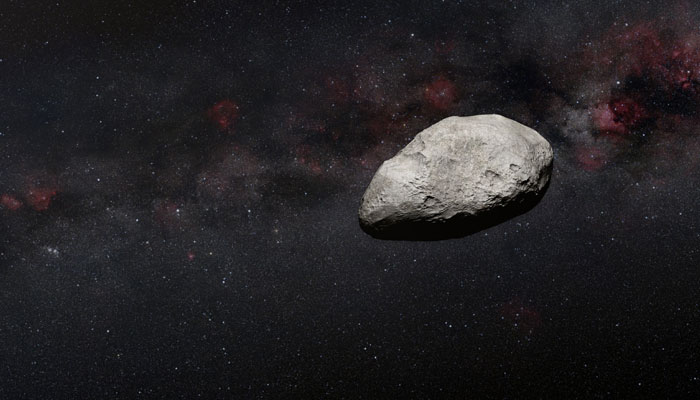Eiffel Tower-sized asteroid approaching Earth. Should people worry?
Nasa Center for Near Earth Object Studies listed the rock's approach to the earth in the category of rarity "2"
April 22, 2023

A giant asteroid similar to the size of the Eiffel Tower is set to pass near planet Earth next week posing no apparent threat to its dwellers, Fox Weather reported Friday.
According to astronomers, the space rock 2006 HV5 will be passing at a distance of 1.5 million miles — around 6.3 times the Earth's distance to the moon.
Dr Susanna Kohler with the American Astronomical Society stated that "that’s plenty of breathing room."
Nasa Center for Near Earth Object Studies listed the rock's approach to the earth in the category of rarity "2".
Kohler also said that "this means that, on average, only once per year does an asteroid of this size or larger approach this close to Earth."
Protecting from asteroids
The asteroid 2006 HV5 was first discovered in April 2006 under the Lincoln Near-Earth Asteroid Research (LINEAR) project, said Kohler who is also associated with the American Astronomical Society.
The project LINEAR is a project working in coordination among the United States Air Force, NASA, and the Massachusetts Institute of Technology's Lincoln Laboratory for the detection and monitoring of space objects near the Earth.
Kohler maintained that the asteroid is estimated to be around 1,000 feet in diameter, give or take a couple of hundred feet. For perspective, the Eiffel Tower, which is the tallest structure in Paris, stands at 1,083 feet tall.
Despite the asteroid's considerable size, it cannot be seen with the naked eye.
"Asteroids don’t emit their own visible light, so we primarily observe them via the sunlight that they reflect," said Kohler adding that "at its closest approach, 2006 HV5 will still only be bright enough to spot with larger telescopes."
The asteroid is said to be posing no threat to the people on Earth.
"With 260 observations on the books for 2006 HV5 spanning the last 17 years, astronomers are able to calculate its orbit — and thus its past, present, and future locations — very precisely," she stated.
An object within 30 million miles of Earth is regarded as a near-space object. The Moon is about 238,900 miles from Earth on average.
According to an explanation from Nasa, asteroids are the near most objects in space to Earth.
According to Nasa, its NEO Observation Program aims to find, track, and learn about 90% of NEOs that are larger than 140 meters. So far, more than 40% of these asteroids have been detected.
In case of any asteroid coming closer to Earth, Planetary Defense Coordination Office (PDCO) would launch an alert which said: "There is a greater than 1% chance of this happening over the next 50 years.









